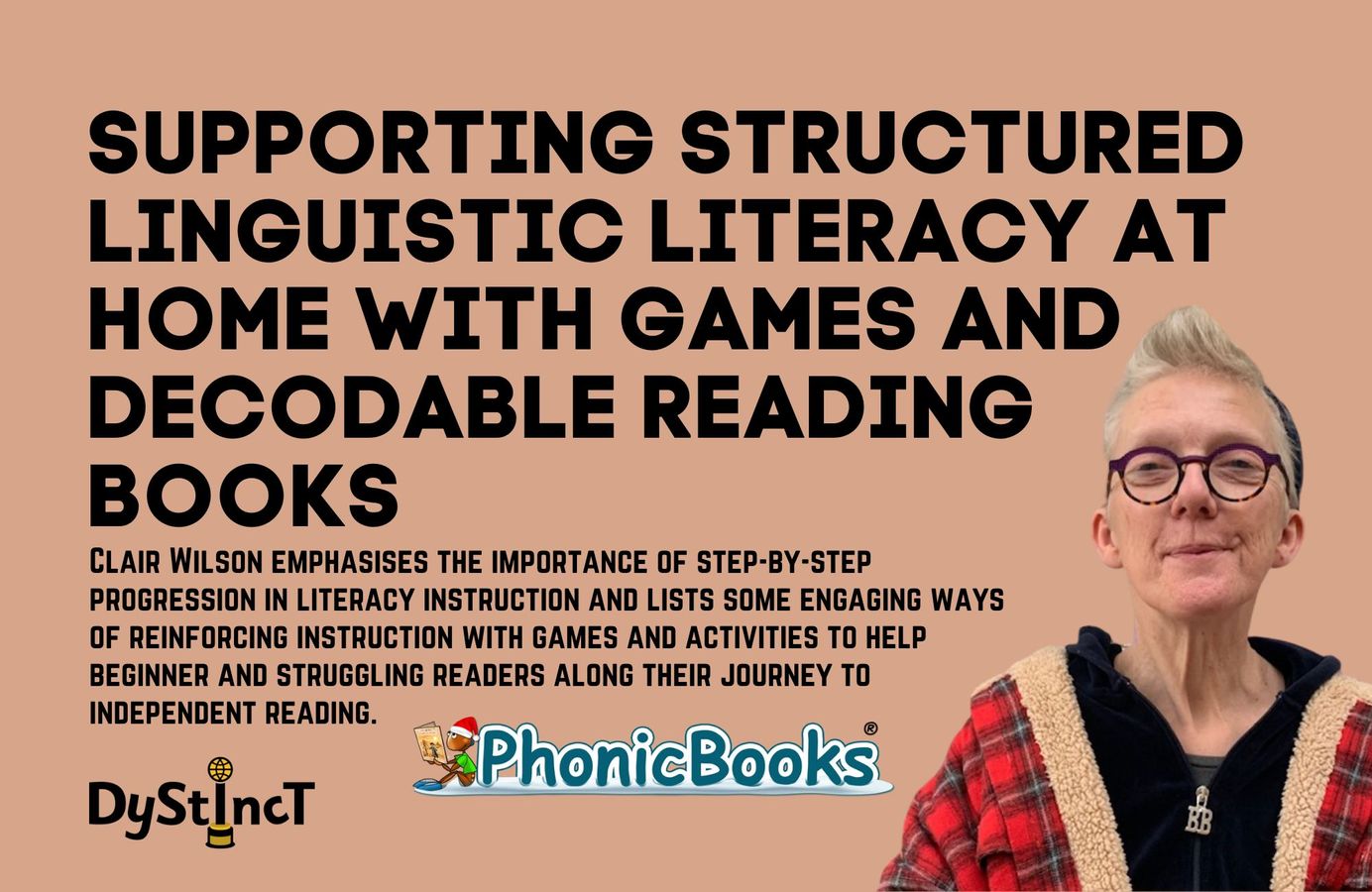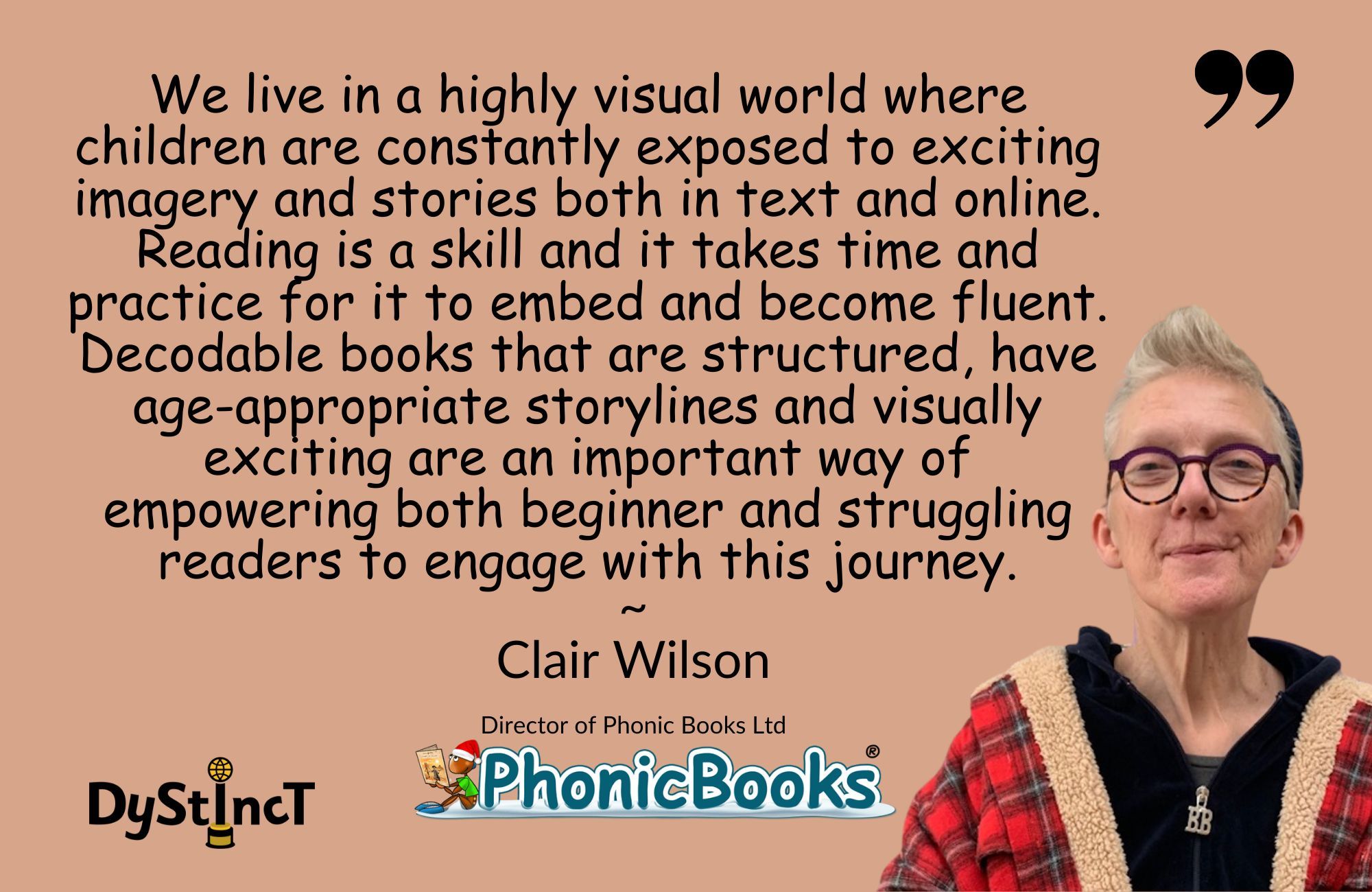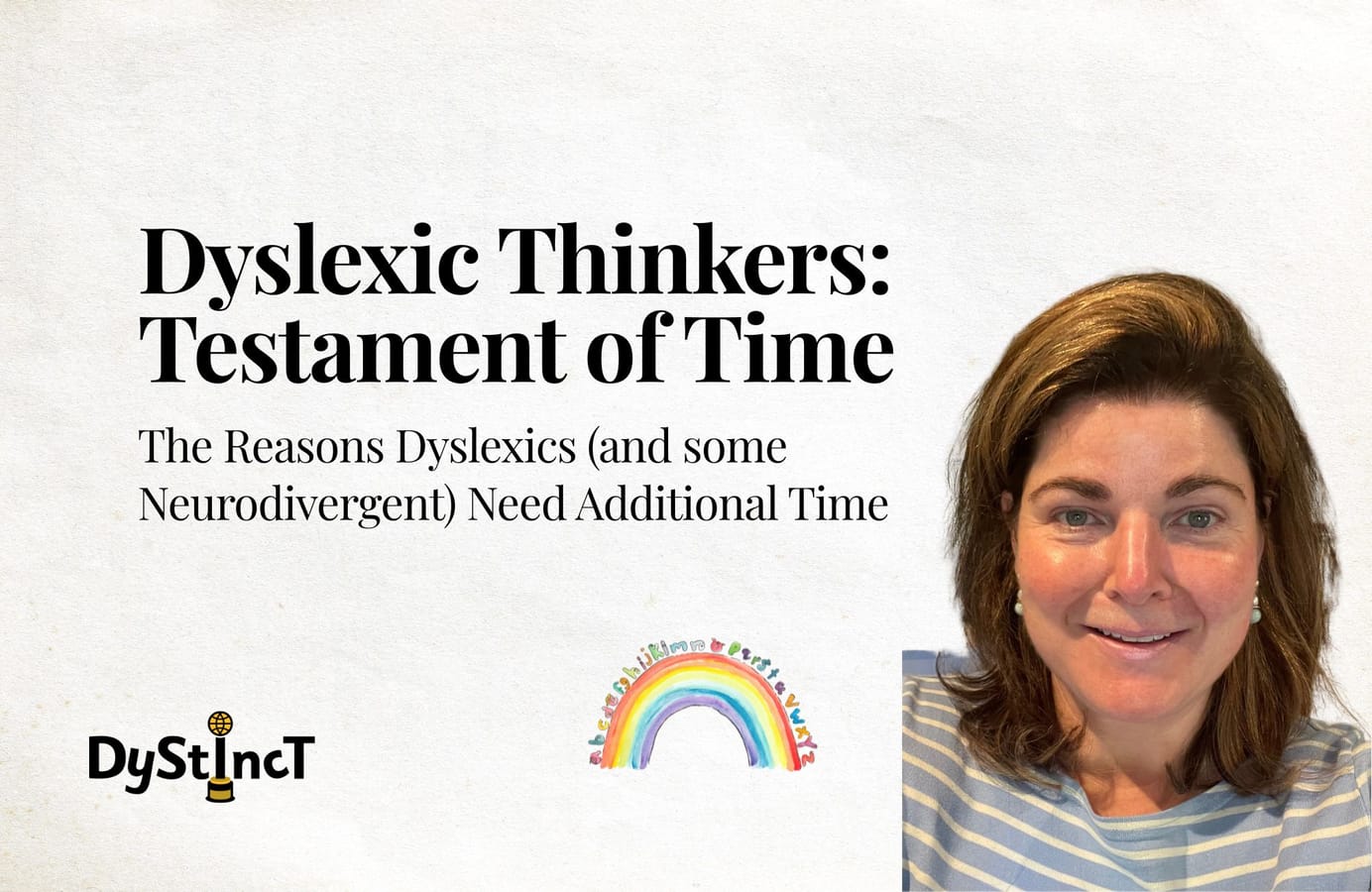
Issue 13: Supporting Structured Linguistic Literacy at home with games and decodable reading books | Clair Wilson
Clair Wilson emphasises the importance of step-by-step progression in literacy instruction and lists some engaging ways of reinforcing instruction with games and activities to help beginner and struggling readers along their journey to independent reading.
Reading is one of the most important skills we want our children to learn. We want our children to be able to read books, access information online, and engage successfully with language in the world around them. As learners, they also need to be able to read the increasingly complex and specialised language they will encounter in school.
Many of us can't remember how we learned to read, and over the years, there have been lots of ways reading has been taught. Current research indicates that a structured phonic approach to learning to read is the most successful.
Phonics involves learning the link between the words we say and how they are written on the page. The letters we see on a page are a representation of the sounds we say when we are speaking. As adults, we speak so fluently that we cannot always hear the sounds in the words we say, but all words - from very simple words like dog, which has just the three sounds /d/o/g/, to longer more complex words built of many sounds are built from the same bank of sounds.
The English language has 44 different sounds. These 44 sounds, in different combinations, make up all the words we want to say. The Structured Linguistic Literacy principle of teaching uses these 44 sounds as a starting point.
Why?
Because reading is a complex skill and needs teaching in the most coherent way possible to help make sense of it. English is a particularly difficult language to read and spell because some of the 44 sounds in speech are spelled in more than one way. There are over 176 accepted spellings of the 44 sounds in the English language. Recent research indicates this number of spellings could be as high as 500! Starting with the sounds and looking at the letters used to represent them offers a gentle structured approach to mastering this code. Children start with the simplest representations of sounds and move on to more complex ones once these simple ones are secure.
There are some basic principles a child needs to understand as they explore the idea that letters (the squiggles written on a page) represent the sounds in the words they say.
- Some sounds are represented by more than one letter - for example, the sound /sh/ in the word fish.
- Some sounds are represented by lots of different spellings - for example, the sound /a/ in the words rain, play, table, and cake.
- Some spellings represent more than one sound - for example, the spelling ow represents two different sounds in the words clown and grow.
When we first start teaching reading, we want to keep things as simple as possible. We start with just a few sounds with single letter spellings. The first thing we want to ensure is that children are comfortable with how these sounds are pronounced and how they are represented on a page. A great and stress-free way of doing this is through games. Games allow for necessary repetition and overlearning with the addition of joy and fun.
One of my favourites is to make a simple card game. You can either cut up a piece of card into smaller cards or buy a pack of small plain cards. You will need 8 cards for each sound you are working on and 8 cards for 'swap' cards. So, for a game with 5 sounds, you need 48 small cards.
Write the sounds 8 times on 8 different cards. If your learner is able to, they could help with this. What you then choose as a swap card is up to you. You could keep it nice and simple with a card that just says 'swap' on it. Or you could give the game context by adding an image of something your child enjoys or is passionate about. I've made sets of these cards with a dragon as the swap card. I've also made them with pictures of 8 different footballers cut out from a fan magazine. The driver is to motivate the learner you're working with, so anything that will do that is great!
Once you've made your cards, the gameplay is very simple.
- Deal out 7 cards to each player.
- Pile the other cards face down on the table as a draw pile and turn over the top one as a starter card on the discard pile.
- Players take turns playing by placing a card from their hand on top of the discard pile.
- The sound they play must be the same as the one on the discard pile. If they can't go, they need to pick up a card from the draw pile. If they have a swap card in their hand, they can use this to change the sound card being played.
This sounds complicated, but it's actually really easy, and once children get the hang of it, they can do it really fluidly and have great fun trying to beat you!
Check out the video of children playing the Talisman card game to see this in action. The winner is the first person who manages to get rid of all the cards in their hand. The important thing when playing is that children say the sound on their cards as they place them down. Encourage them to say the sounds and not the names of the letters, as it is the sounds that will help them with reading. If they can't remember the sound or they say a different sound, just tell them the right one. They'll be encountering this sound lots of times during the game, so they'll have plenty of time to practice it and remember it. Many games can be adapted to help with reinforcing sounds. Playing 'I Spy' is a good one that easily adapts to sounds. You can also use conventional games like Snakes and Ladders and replace the numbers on them with stickers of the sounds you are working on.
Once children are secure in these first few sounds, they are ready to start reading a book. Our first books contain only 5 sounds (s, a, t, i and m), so a child does not need to know the whole alphabet before they can start reading meaningful text in a story. They just need to know those five basic sounds, the letters that represent them on the page, and how to blend them together to read them as words. Starting with only a few sounds is great for both beginner and older catch-up readers as it gives them a chance to see how the whole system works without overwhelming them with too many things they have to remember. They only need those five sounds, and they can read a book. In fact, we have more than 7 books with just those five sounds, so there is a lot of opportunity for a learner at any age to practice their reading. And the success of that reading will motivate them to keep going. So, the next level of our books adds in just three more sounds (n, o, and p) again with single letter spelling - so with the 5 sounds they are already really comfortable with and just three new sounds, they can read a whole new set of books and stories.
We always want to build on success because reading is a skill that takes time to master, and success is empowering.
My youngest is dyslexic, and when he was little, he needed lots of extra time to learn to read. Luckily at age 5, he was also VERY fond of plastic counters which was great as we used to do a lot of 'sound searching' in decodable texts. Sound searching basically involves looking through a decodable book together after you've read it and popping a counter on top of the word that contains the sound you're searching for. My son loved competing with me by looking for different sounds and trying to find more of his than I could of mine, which was great. Anything that keeps learning interesting is fantastic. We also had a great time when we discovered a type of transparent counter. They are really good because you can see the words through them. If you can't find them, don't worry - normal counters work just as well. After you've searched for your sounds, you can write the words down in a list. This is a great way of keeping the link between reading and spelling. My son loved dinosaurs, so we used to list our words under different dinosaurs. Use whatever works to keep things fun.
Reading is a skill; learning a new skill is tiring and takes time and practice to master. Anything that keeps it fun is a good thing.
There are several helpful things to remember as you support your child on their journey to becoming a fluent reader.
- Listen to your child read the decodable books they bring home from school. Read for short bursts of time so your child doesn't get tired. Decodable books are usually very short as they are focussed on reinforcing a specific new piece of learning. Encourage your child to point to the words as they read, as this will help them focus on the relationships between the sounds they are saying and how these are spelled.
- Encourage your child to blend (push) the sounds together as they read. Help them if they find this hard. If they get stuck on a word, see which part of the word they do know and offer them help with the bit they are struggling with. Then let them piece this together. This is empowering as it gives the child ownership.
- Read books more than once, as this will help with developing fluency.
- Talk about the story, the characters, and the pictures in the book to help ensure comprehension.
- Always make time for conventional stories too. Read these with your children just for the pleasure of enjoying the story. They will contain words that your children can't read yet because they haven't got to that level in their phonics but enjoying more complex and exciting stories together is a lovely way of fostering a joy of reading as they set out on their own reading journey.
Clair Wilson
Director at Phonic Books Ltd
phonicbooks.co.uk | Facebook | Instagram | Twitter | YouTube

As a primary school teacher in a busy inner-city school, I was always concerned about the alarming number of children who struggled to learn to read. I was desperate to find a solution and a dyslexia course opened my eyes to teaching with phonics. I've never looked back! After having my own children, I taught at the Bloomfield Learning Centre in London (a dyslexia support centre), where we realised that although the phonic teaching we offered the children was great, we didn't have structured, exciting, age-appropriate decodable books to support it. Phonic Books Ltd was born out of the desire to fill that gap and was founded by myself, Tami Reis-Frankfort, and Wendy Tweedie. Between us, we had 83 years of experience working with struggling readers and that experience - plus the huge benefit that we were still working with struggling readers who could field test our books - fed into the creation of Phonic Books. We are hugely excited that Phonic Books has recently come under the umbrella of DK Learning, who we know will take our books from strength to strength and reach readers we could never have dreamed we'd ever be able to help.
Extracts from Dystinct Magazine













